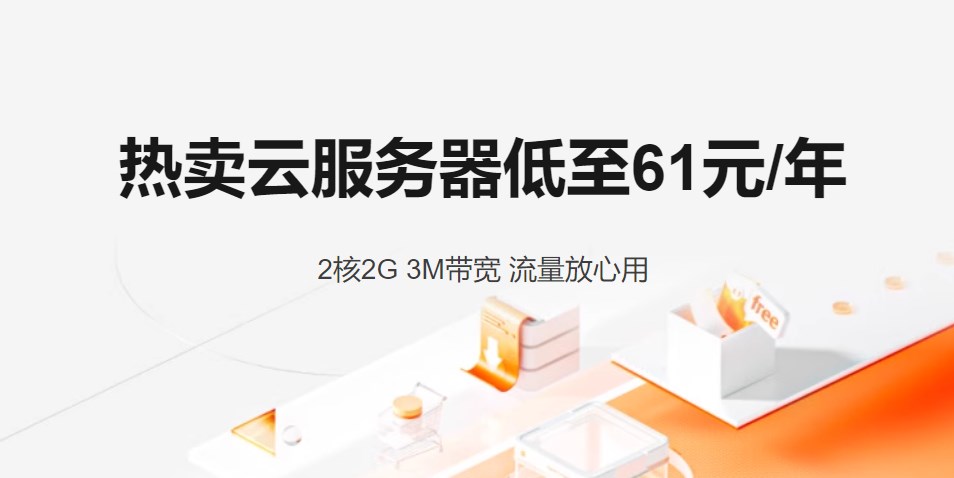在Java 8中,Stream.map()和Stream.flatMap()方法之间有什么区别?
当前回答
一行回答:flatMap帮助将Collection<Collection<T>>平铺为Collection<T>。以同样的方式,它还将一个Optional<Optional<T>>压扁为Optional<T>。
如你所见,只使用map():
中间类型为Stream<List<Item>> 返回类型为List<List<Item>>
和flatMap():
中间类型是Stream<Item> 返回类型为List<Item>
这是下面使用的代码的测试结果:
-------- Without flatMap() -------------------------------
collect() returns: [[Laptop, Phone], [Mouse, Keyboard]]
-------- With flatMap() ----------------------------------
collect() returns: [Laptop, Phone, Mouse, Keyboard]
代码使用:
import java.util.Arrays;
import java.util.Collection;
import java.util.List;
import java.util.stream.Collectors;
public class Parcel {
String name;
List<String> items;
public Parcel(String name, String... items) {
this.name = name;
this.items = Arrays.asList(items);
}
public List<String> getItems() {
return items;
}
public static void main(String[] args) {
Parcel amazon = new Parcel("amazon", "Laptop", "Phone");
Parcel ebay = new Parcel("ebay", "Mouse", "Keyboard");
List<Parcel> parcels = Arrays.asList(amazon, ebay);
System.out.println("-------- Without flatMap() ---------------------------");
List<List<String>> mapReturn = parcels.stream()
.map(Parcel::getItems)
.collect(Collectors.toList());
System.out.println("\t collect() returns: " + mapReturn);
System.out.println("\n-------- With flatMap() ------------------------------");
List<String> flatMapReturn = parcels.stream()
.map(Parcel::getItems)
.flatMap(Collection::stream)
.collect(Collectors.toList());
System.out.println("\t collect() returns: " + flatMapReturn);
}
}
其他回答
通过阅读所有的信息,简单的理解方法是:
如果你有一个元素的平面列表,请使用map: [0,1,2,3,4,5] 如果你有一个元素的列表,请使用flatMap:[[1,3,5],[2,4,6]]。这意味着,在映射操作应用于每个元素之前,您的列表需要被平铺
map() takes a Stream and transform it to another Stream. It applies a function on each element of Stream and store return value into new Stream. It does not flatten the stream. But flatMap() is the combination of a map and a flat operation i.e, it applies a function to elements as well as flatten them. 2) map() is used for transformation only, but flatMap() is used for both transformation and flattening. please read more here. https://javaint4bytes.blogspot.com/2022/11/stream-flatmap-in-java-with-examples.html
map和flatMap都可以应用于一个<T>的流,它们都返回一个<R>的流。不同之处在于map操作为每个输入值生成一个输出值,而flatMap操作为每个输入值生成任意数量(零个或多个)值。
这反映在每个操作的参数中。
map操作接受一个函数,该函数针对输入流中的每个值被调用,并产生一个结果值,该结果值被发送到输出流。
The flatMap operation takes a function that conceptually wants to consume one value and produce an arbitrary number of values. However, in Java, it's cumbersome for a method to return an arbitrary number of values, since methods can return only zero or one value. One could imagine an API where the mapper function for flatMap takes a value and returns an array or a List of values, which are then sent to the output. Given that this is the streams library, a particularly apt way to represent an arbitrary number of return values is for the mapper function itself to return a stream! The values from the stream returned by the mapper are drained from the stream and are passed to the output stream. The "clumps" of values returned by each call to the mapper function are not distinguished at all in the output stream, thus the output is said to have been "flattened."
典型的用法是flatMap的mapper函数返回Stream.empty(),如果它想发送零值,或者类似于Stream。(a, b, c)如果它想返回几个值。当然,任何流都可以返回。
我想举两个例子来说明更实际的观点: 第一个使用地图的例子:
@Test
public void convertStringToUpperCaseStreams() {
List<String> collected = Stream.of("a", "b", "hello") // Stream of String
.map(String::toUpperCase) // Returns a stream consisting of the results of applying the given function to the elements of this stream.
.collect(Collectors.toList());
assertEquals(asList("A", "B", "HELLO"), collected);
}
在第一个例子中没有什么特别的,一个函数被应用来返回大写的String。
第二个使用flatMap的例子:
@Test
public void testflatMap() throws Exception {
List<Integer> together = Stream.of(asList(1, 2), asList(3, 4)) // Stream of List<Integer>
.flatMap(List::stream)
.map(integer -> integer + 1)
.collect(Collectors.toList());
assertEquals(asList(2, 3, 4, 5), together);
}
在第二个例子中,传递了一个List流。它不是一个整数流! 如果必须使用转换函数(通过map),则首先必须将流平展为其他类型的流(整数流)。 如果flatMap被移除,则返回以下错误:对于参数类型List, int,操作符+未定义。 不可能在整数列表上应用+ 1 !
对于Map,我们有一个元素列表和一个(函数,动作)f,这样:
[a,b,c] f(x) => [f(a),f(b),f(c)]
对于平面映射,我们有一个元素列表,我们有一个(function,action) f,我们希望结果是扁平的:
[[a,b],[c,d,e]] f(x) =>[f(a),f(b),f(c),f(d),f(e)]
推荐文章
- 在流中使用Java 8 foreach循环移动到下一项
- 访问限制:'Application'类型不是API(必需库rt.jar的限制)
- 用Java计算两个日期之间的天数
- 如何配置slf4j-simple
- 在Jar文件中运行类
- 带参数的可运行?
- 我如何得到一个字符串的前n个字符而不检查大小或出界?
- 我可以在Java中设置enum起始值吗?
- Java中的回调函数
- c#和Java中的泛型有什么不同?和模板在c++ ?
- 在Java中,流相对于循环的优势是什么?
- Jersey在未找到InjectionManagerFactory时停止工作
- 在Java流是peek真的只是调试?
- Recyclerview不调用onCreateViewHolder
- 将JSON字符串转换为HashMap
